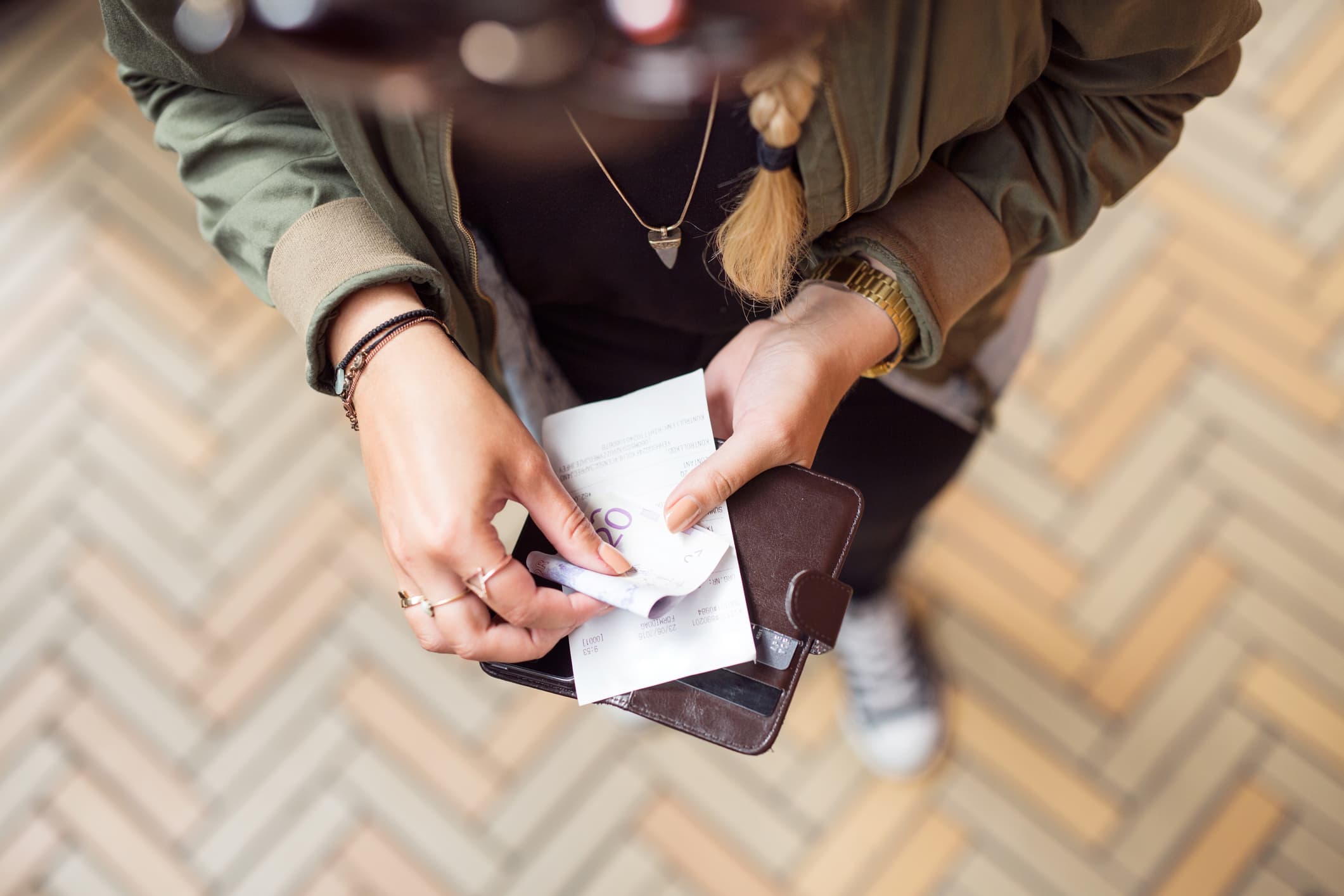Getty Images
If you’re one of the millions of Americans struggling financially because of the coronavirus pandemic, more relief is on the way.
Included in the $1.9 trillion stimulus package working its way through Congress and expected to be signed into law by mid-March will likely be direct payments of up to $1,400, an extension of unemployment checks, more than $20 billion in rental assistance and enhanced food benefits.
The relief package comes about a year into a pandemic that has battered many people’s finances, costing them their jobs, forcing them to take on debt, delay paying bills and worry about keeping eviction notices off their door.
More from Personal Finance:
Covid is making it harder to get into a top college
Here’s how delaying college may impact your future earnings
College can cost as much as $70,000 a year
Here’s a look at the aid those financially hurting will soon see, and how they might think about spending it. (Keep in mind, the exact details of these programs are still being negotiated by lawmakers and could change.)
1. Stimulus checks
As of now, full direct stimulus payments of $1,400 would go to individuals with an adjusted gross income of up to $75,000, heads of household with up to $112,500 and married couples who file jointly with up to $150,000.
Under new terms set by the Senate and agreed to by President Joe Biden, payments would decrease the more you earn above those thresholds, phasing out completely for individuals earning $80,000, heads of household with $120,000 and married couples with $160,000.
“Stimulus funds are a one-time cash infusion,” said Kristen Holt, president and CEO of Greenpath Financial Wellness.
Holt recommends immediately directing this cash to any essential needs that have been put on the backburner, including medications, groceries or a car repair.
2. Unemployment benefits
It appears that jobless benefits will be extended until September 6, with a $300 federal boost on top of state benefits. The average weekly state check is $346.
Your unemployment checks may or may not equal what you were earning before you lost your job. Experts recommend making a budget with your new income amount. You may have to cut expenses to make sure that you’re able to continue paying your bills.
If you have any cash left over once your basics are covered, direct it towards a savings account, Holt said.
You’ll be grateful to have done so if you’re still unemployed when benefits end or if an unexpected expense comes up. (To get the best return on your cash, keep your money in a high-yield savings account. Also make sure the account is FDIC-insured, meaning up to $250,000 of your deposit is protected from loss.)
Once you have a savings cushion, use additional money (if there is any) to pay down any high-interest credit card debt, Holt said. You don’t want to be losing your money to interest payments when your budget is already tight.
But as daunting as credit card debt can be, you don’t want to use up all your cash to knock it out.
“We would not recommend using cash resources that you need to cover medicine and groceries and opt to pay a credit card, particularly when many lenders continue to provide pandemic assistance,” Holt said. “Contact your bank [or] credit union to determine what assistance is still available, and make sure the terms are suitable.”
3. Rental assistance
Around 1 in 5 renters said they were not caught up on their rent in January, according to an analysis by the Center on Budget Policies and Priorities. Closer to 36% of Black renters said they were behind.
A growing pot of federal money that people can put towards their rental arrears will help.
All states have already been allocated $25 billion in rental assistance from the stimulus package passed in December. Now this $1.9 trillion relief bill in the works would set aside another $20 billion.
You want to apply for these funds as soon as possible. That way you can use other aid, like stimulus checks and unemployment benefits, for other bills. People can get financial assistance for up to 18 months of rent.
4. Food benefits
Benefits under SNAP, or the Supplemental Nutrition Assistance Program, can help you with your grocery bills and allow you to use other stimulus aid for other pressing expenses.
The benefits have been increased by 15% for all recipients until June, and the latest stimulus package is expected to extend the boost through September.
Under the new rules, an individual could get up to $234 a month. A family of four could get as much as $782 through September. In some states, the maximum benefit is even higher. For example, a family of four in Hawaii may receive a monthly benefit of $1,440.
The money will be sent to you each month on a EBT card, which acts like a debit card. People typically get the money in less than 30 days, but those with little to no income could get their benefits within a week.
Eligibility rules can be wonky, but it doesn’t hurt to apply.
Many people miss out on the benefit because they wrongly assume they’re ineligible or worry about the stigma, Carrie R. Welton, the director of policy at advocacy group The Hope Center for College, Community and Justice, told CNBC last year.
“People will bring their own shame into this, but these are taxpayer resources,” Welton said. “This pandemic is not anyone’s fault.”
Have you recently applied for rental assistance? If you’re willing to discuss you experience for a story, please email me at annie.nova@nbcuni.com
